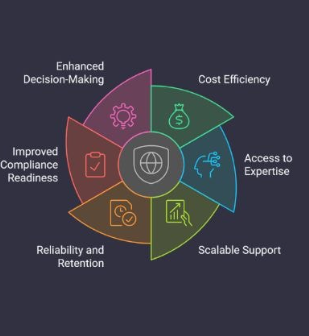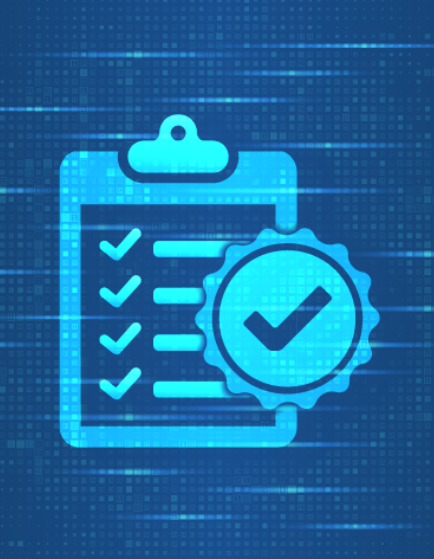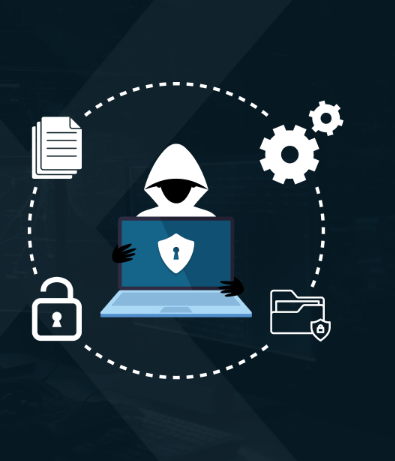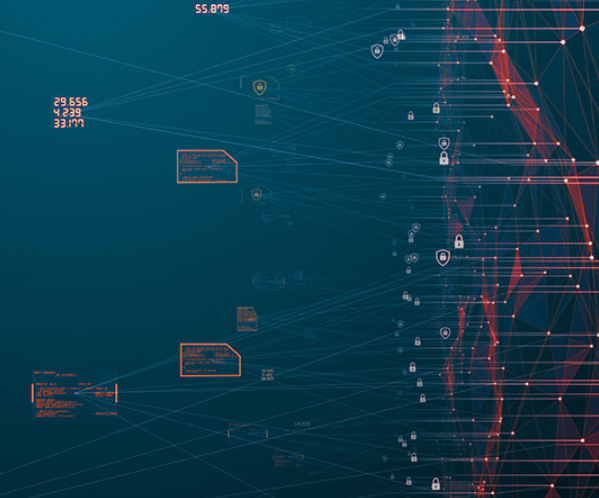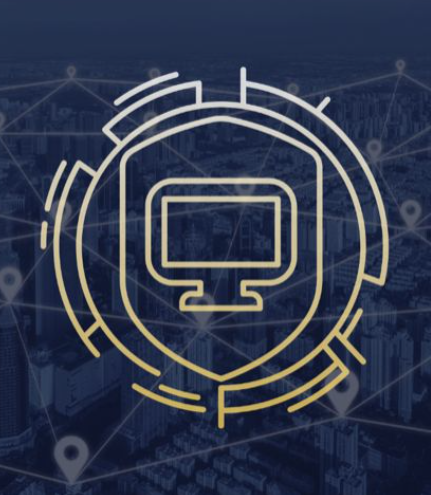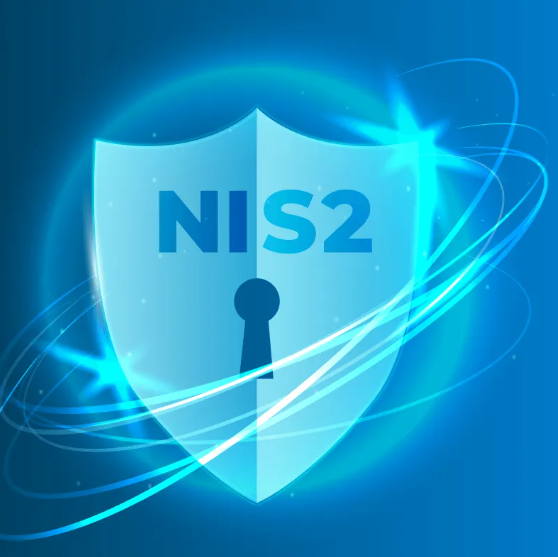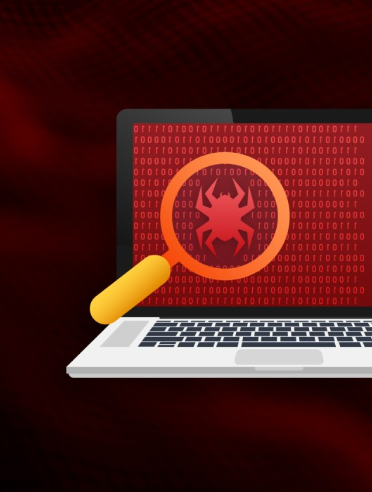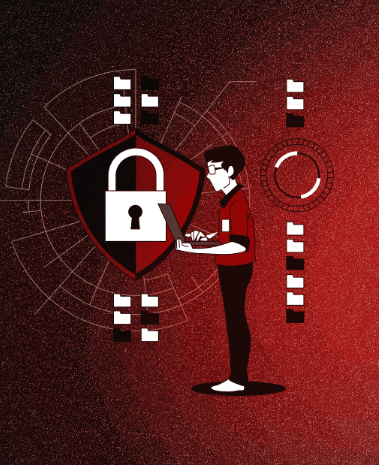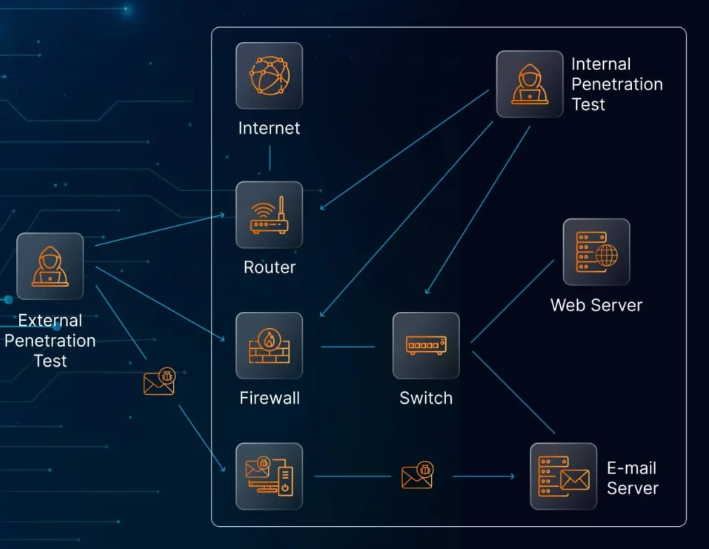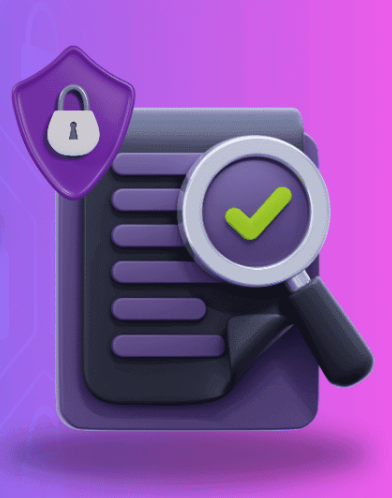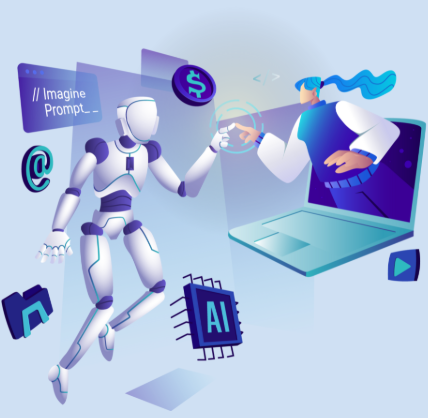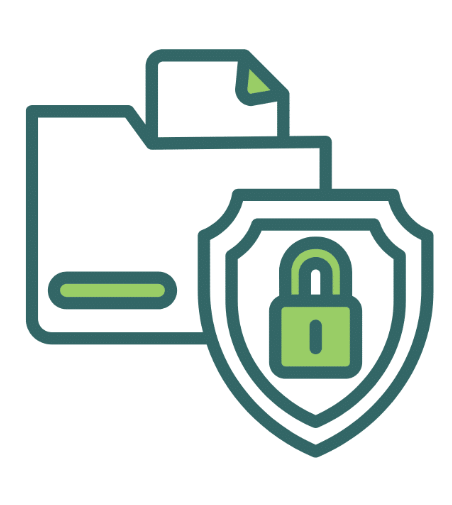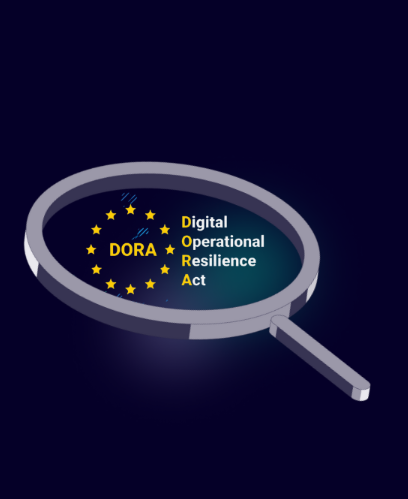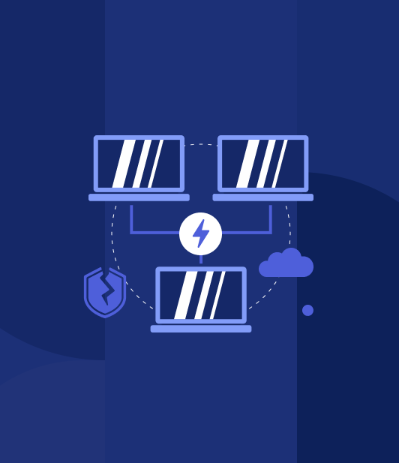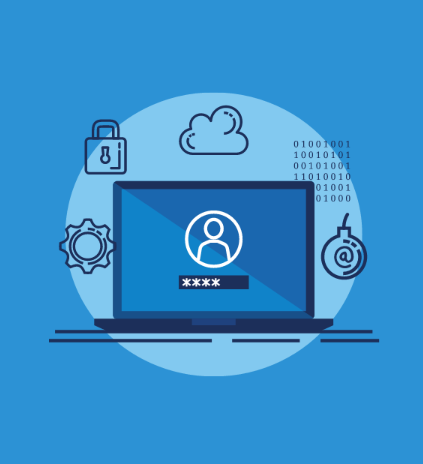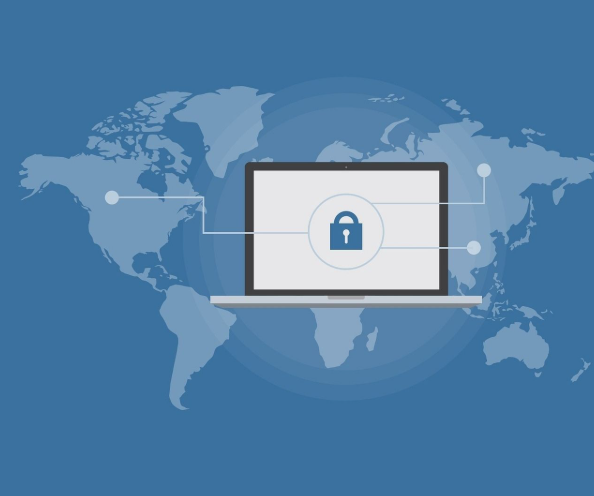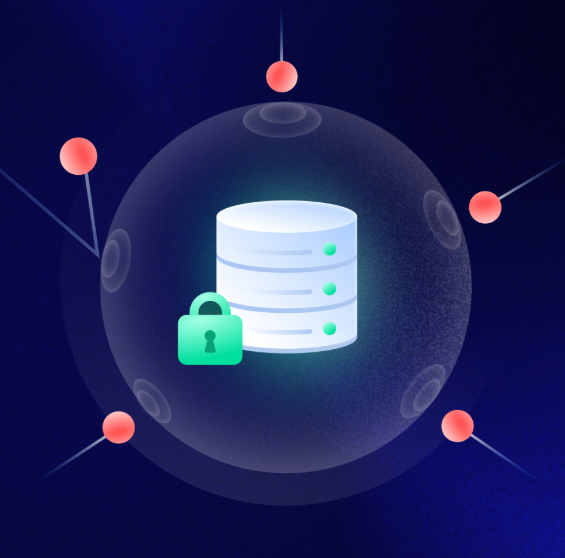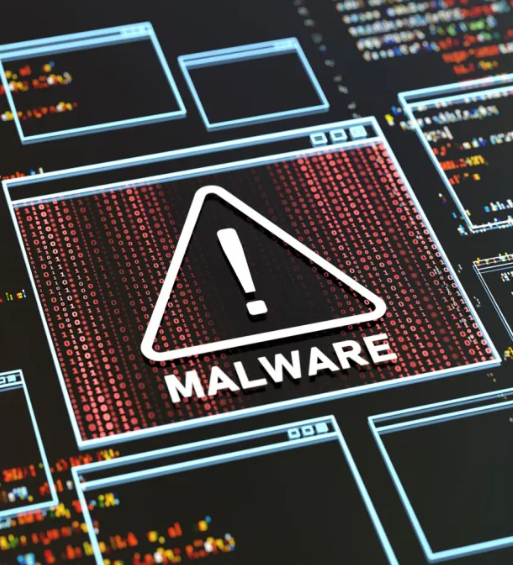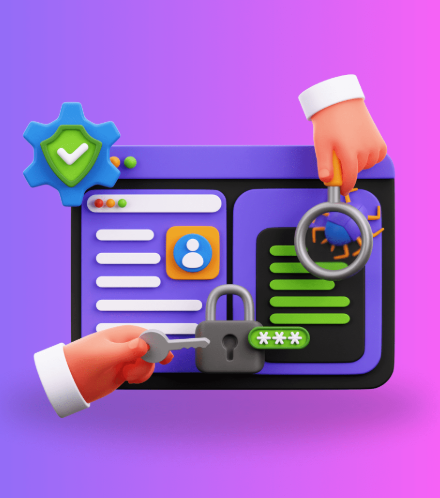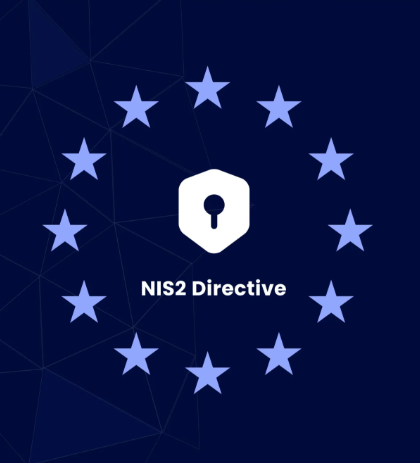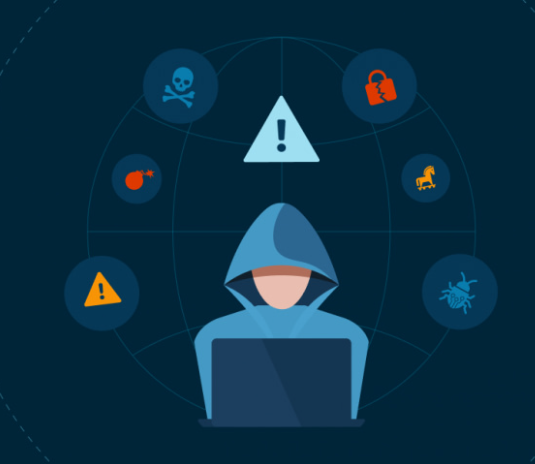
In today’s digital world, cybersecurity is a growing concern for individuals and organizations alike. With the rise of cybercrime, understanding the various types of cyber attacks and how they work is essential to safeguarding your data and assets. In this post, we’ll explore the most common cyber threats, the industries most targeted by attackers, and the steps you can take to protect yourself.
What Exactly is a Cyber Attack?
A cyber attack occurs when hackers attempt to gain unauthorized access to computer systems, networks, or devices. Their primary goal is usually to steal, modify, or destroy sensitive data, or to disrupt the normal functioning of a system. Cyber attacks come in many forms, including viruses, ransomware, and phishing attempts. Knowing the tactics attackers use is key to defending against these threats.
Who Are the Primary Targets?
While cybercriminals may target various sectors, certain industries are more attractive due to the valuable data they handle and their often inadequate security measures.
- Healthcare: This sector holds sensitive data such as medical records, insurance details, and payment information, making it a prime target for cybercriminals. A report from Check Point revealed that healthcare-related attacks increased by 74% year-over-year, largely due to outdated security infrastructures.
- Financial Institutions: Banks and other financial organizations are high-value targets for cybercriminals looking to steal money or hold systems for ransom. Phishing and ransomware are common methods used to exploit vulnerabilities in these institutions.
- Small and Medium-Sized Businesses (SMBs): SMBs are often seen as easy targets. They typically possess valuable data but may lack the robust security systems larger enterprises have. Retailers, which handle vast amounts of payment card information, are also attractive to cybercriminals.
- Manufacturing: The manufacturing sector is increasingly targeted due to its reliance on operational technology, which may not be adequately protected from cyber threats. Disruptions in this sector can cause serious financial damage.
No organization is immune from cyber attacks, but these industries are particularly at risk due to the valuable data they store or the critical role they play in our economy.
Common Types of Cyber Attacks
Cybercriminals employ various methods to compromise security systems and steal information. Let’s explore the most common types of cyber attacks you should be aware of.
1. Social Engineering
Social engineering attacks manipulate individuals into revealing confidential information or taking actions that compromise security. This type of attack relies on psychological manipulation rather than technical exploitation. Common tactics include:
- Phishing: Cybercriminals impersonate trusted entities via email or text to steal personal information.
- Smishing: A form of phishing that uses SMS messages to trick victims into providing sensitive information or clicking on malicious links.
- Clone Phishing: Attackers create a fake version of a legitimate email to trick recipients into interacting with malicious content.
2. Malware
Malware is a general term for malicious software that includes viruses, worms, trojans, and spyware. These programs are designed to infiltrate systems, steal data, or cause damage. Some examples include:
- Viruses: Malicious programs that attach themselves to other files and spread when the host file is executed.
- Trojans: Malware that disguises itself as legitimate software to trick users into installing it.
- Spyware: Programs that secretly collect user data and send it to a remote attacker.
3. Ransomware
Ransomware attacks involve locking users out of their systems or encrypting data, demanding a ransom for its release. These attacks often come through phishing emails that trick users into downloading malicious software. While paying the ransom may seem like the quickest solution, there’s no guarantee that the attackers will release the data. Ransomware-as-a-service has made it easier for even less tech-savvy criminals to launch these attacks.
4. Denial of Service (DoS) and Distributed Denial of Service (DDoS)
DoS and DDoS attacks flood a target system with fake requests, overwhelming it and preventing legitimate users from accessing the service. While these attacks do not cause data loss, they can disrupt operations and consume valuable resources.
- DoS: Typically launched from a single source, DoS attacks are designed to crash a system or make it unresponsive.
- DDoS: These attacks come from multiple sources, making them harder to block. DDoS attacks often use botnets, networks of compromised devices controlled by the attacker.
5. Man-in-the-Middle (MitM)
MitM attacks occur when a cybercriminal intercepts communications between two parties. The attacker can either eavesdrop on sensitive information or manipulate the data being sent. These attacks are particularly common on unsecured or public Wi-Fi networks.
6. Insider Threats
An insider threat occurs when someone within an organization, such as an employee or contractor, misuses their access to steal data or cause damage. These threats can be intentional or accidental, and they can be difficult to detect.
7. SQL Injection
SQL injection is a type of attack that involves inserting malicious code into a website’s database query. This can allow an attacker to steal or modify data. Websites that fail to properly sanitize user input are particularly vulnerable to SQL injection attacks.
8. Brute Force Attacks
In a brute-force attack, cybercriminals try every possible combination of passwords until they find the correct one. These attacks exploit weak passwords and can lead to unauthorized access to accounts and systems.
9. DNS Tunneling
DNS tunneling involves hiding malicious data within DNS queries and responses. This technique allows attackers to bypass firewalls and gain access to a victim’s network, often without detection.
10. Supply Chain Attacks
Supply chain attacks target the vulnerabilities in an organization’s suppliers or third-party partners. By compromising a trusted vendor, attackers can gain access to the target organization’s systems. High-profile incidents, such as the SolarWinds breach, have shown how devastating these attacks can be.
11. Cross-Site Scripting (XSS)
XSS attacks involve injecting malicious scripts into web pages that other users will view. These scripts can steal data, hijack user sessions, or cause other malicious actions. Effective protection requires secure coding practices and input validation.
12. Zero-Day Exploits
Zero-day exploits target software vulnerabilities that are unknown to the software vendor. Since there is no patch available for these vulnerabilities, attackers can exploit them until a fix is developed.
13. IoT-Based Attacks
With the increasing use of Internet of Things (IoT) devices, cybercriminals are targeting these connected devices. Compromised IoT devices can be used to launch DDoS attacks or steal personal data.
14. Identity-Based Attacks
Identity-based attacks involve stealing or impersonating a legitimate user’s identity to gain unauthorized access to systems or data. Techniques like credential theft, social engineering, and weak authentication methods are commonly used in these attacks.
15. Eavesdropping
Eavesdropping, or sniffing, occurs when an attacker intercepts private communications between two parties. This can involve listening in on phone calls, emails, or data transmitted over a network. Weak encryption and unsecured networks make these attacks easier to execute.
How to Protect Against Cyber Attacks
The best defense against cybercrime is a proactive approach to cybersecurity. Here are some strategies for protecting your business or personal information:
- Employee Training: Regular security awareness training can help employees recognize and avoid cyber threats like phishing and social engineering.
- Strong Passwords and Multi-Factor Authentication: Use complex, unique passwords and enable multi-factor authentication to secure accounts.
- Regular Software Updates: Keeping software up to date ensures that known vulnerabilities are patched and systems are secure.
- Proactive Security Measures: Use firewalls, antivirus software, and other tools to protect your systems from cyber threats.
- Incident Response Plan: Develop a response plan for dealing with a cyber attack, ensuring you can act quickly to minimize damage.
Conclusion
Understanding the different types of cyber attacks and the industries most vulnerable to them is critical to staying safe in today’s digital landscape. By being aware of the threats and implementing strong cybersecurity practices, you can protect yourself and your organization from cybercriminals. Stay informed, stay vigilant, and take proactive steps to safeguard your data.




